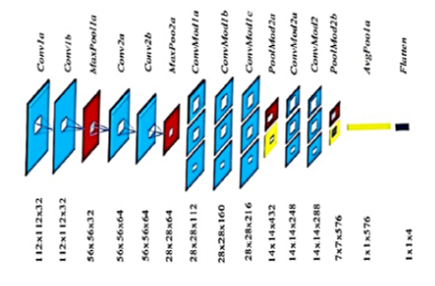


Indian Journal of Science and Technology
Year: 2022, Volume: 15, Issue: 22, Pages: 1100-1111
Original Article
Desalegn Ashebir1*, Getahun Tadesse2
1Department of Software Engineering, Mizan Tepi University, Ethiopia
2Department of computer Science, Mizan Tepi University, Ethiopia
*Corresponding Author
Email: [email protected]
Received Date:19 March 2022, Accepted Date:05 May 2022, Published Date:22 June 2022
Objectives: To design a Bacterial Wilt Enset (BWENet) model that can detect and grade the level of bacterial wilt disease in Enset using a deep convolutional neural network. Methods: Convolutional neural network is used for detection of bacterial wilt and 4-way Softmax is used for grading bacterial wilt into a specific level (normal, early-stage, infected stage, and completely wilted Enset). About 1600 images were used to evaluate the performance of the model out of which 70% is for training, 15% for validation and 15% for testing. We collected dataset from kefa, Sheka agricultural research center and some selected areas in SNNPR. The proposed model was trained using these images and data augmentation techniques were applied to generate more images. Findings: BWENet model achieved an identification test grading accuracy of 90.53% bacterial wilt disease. BWENet model is found to be faster to train and has a smaller model size as compared to State-of-the-art models like Alex Net, Google net, and VGG19. Novelty: we are proposing a new CNN architecture to grade bacterial wilt disease severity measurement. By our experiments, we have shown the kernel size selection, poling layer selection, and segmentation achieved better accuracy results.
Keywords: Deep learning; Feature Learning; Segmentation; Grading; Concatenation
© 2022 Ashebir & Tadesse. This is an open-access article distributed under the terms of the Creative Commons Attribution License, which permits unrestricted use, distribution, and reproduction in any medium, provided the original author and source are credited.
Published By Indian Society for Education and Environment (iSee)
Subscribe now for latest articles and news.